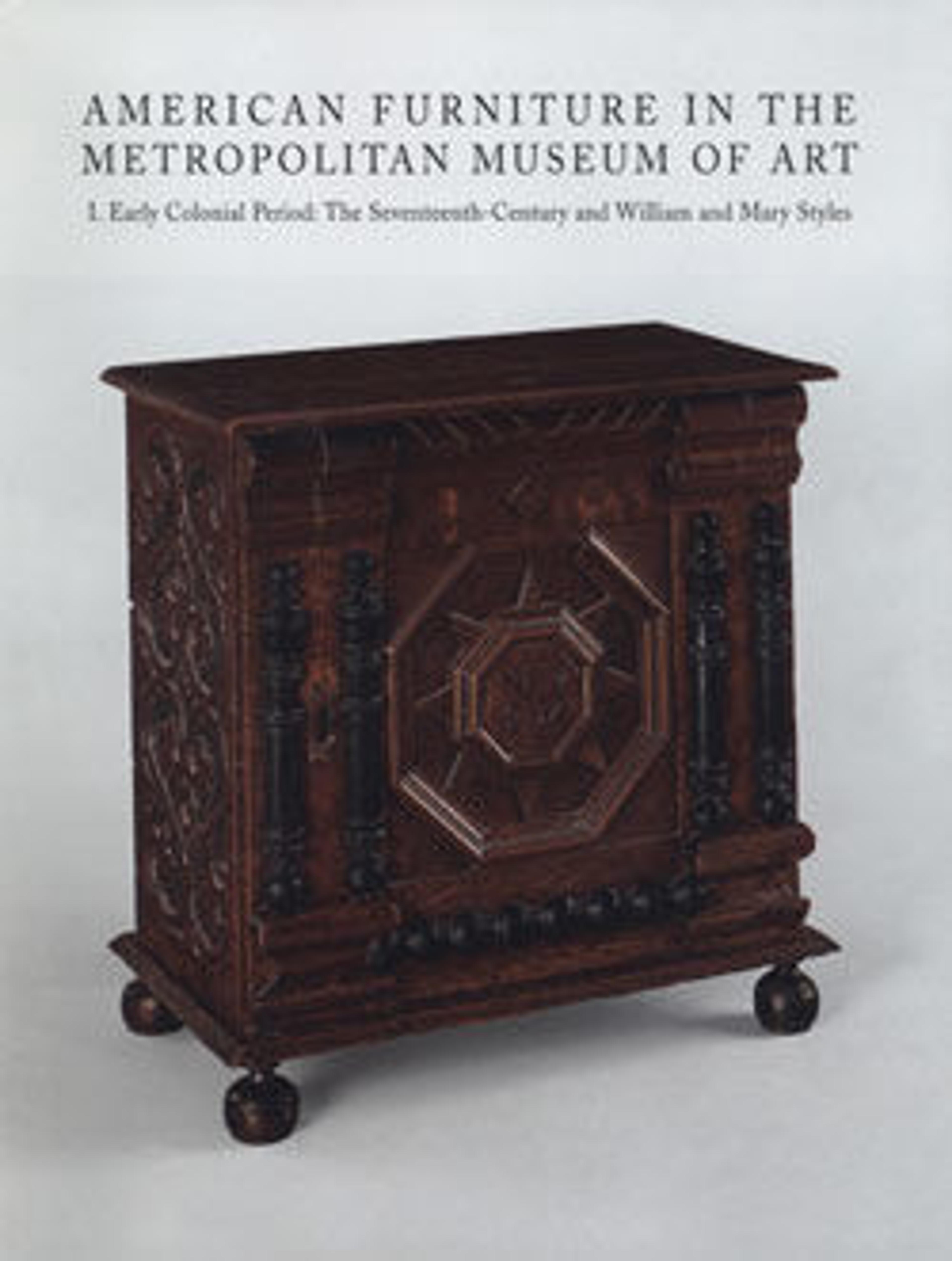Box
The most common small storage unit in the seventeenth century was the rectangular box with a hinged lid. Boxes provided a place to keep valuables, documents, writing implements, books, and small articles of apparel. Except for one rare example decorated with applied moldings, these boxes are carved utilizing a vocabulary of stylized plant forms and simple geometric shapes. The boxes are all of simple five-board nailed construction and have a deep association with America’s so-called "Pilgrim Century." They were avidly sought after by the earliest collectors of seventeenth-century American oak furniture, hence their acquisition by the museum in 1910 as part of the foundation for the museum’s collection of early American furniture.
Artwork Details
- Title: Box
- Date: 1675–1700
- Geography: Made in New England, United States
- Culture: American
- Medium: Oak, pine
- Dimensions: 9 1/2 x 29 1/2 x 16 in. (24.1 x 74.9 x 40.6 cm)
- Credit Line: Gift of Mrs. Russell Sage, 1909
- Object Number: 10.125.10
- Curatorial Department: The American Wing
More Artwork
Research Resources
The Met provides unparalleled resources for research and welcomes an international community of students and scholars. The Met's Open Access API is where creators and researchers can connect to the The Met collection. Open Access data and public domain images are available for unrestricted commercial and noncommercial use without permission or fee.
To request images under copyright and other restrictions, please use this Image Request form.
Feedback
We continue to research and examine historical and cultural context for objects in The Met collection. If you have comments or questions about this object record, please complete and submit this form. The Museum looks forward to receiving your comments.
